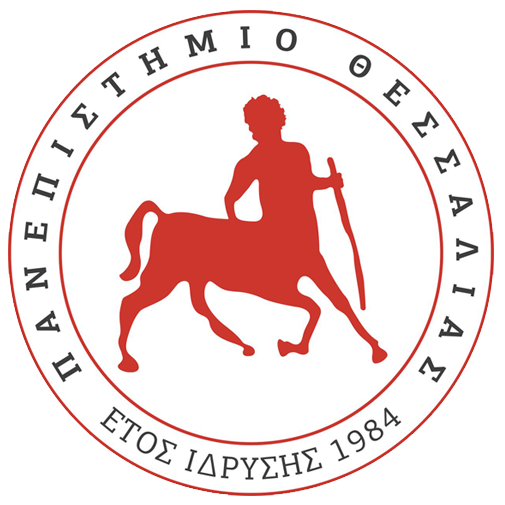Abstract
The chukar (Alectoris chukar, Galliformes) is a species hunted throughout its native range from the East Mediterranean to Manchuria and in the USA, which hosts the world’s largest introduced population. This study aims to investigate the genetic structure of Mediterranean chukar populations to aid management decisions. We genotyped 143 specimens at two regions of the mitochondrial DNA (mtDNA: cytochrome b, control region) and eight loci of the microsatellite DNA. Samples were collected in northern (Limnos, Lesvos, Chios) and southern (Crete) Aegean islands (Greece) and Cyprus. We also carried out mtDNA-based comparison with chukars (n=124) from Asia (16 countries) and the USA (five states). We propose six management units for Mediterranean populations. Given their genetic integrity, Limnos and Cyprus, which host different subspecies, proved to be of primary conservation interest. We found exotic A. chukar mtDNA lineages in Lesvos, Chios and Crete and produced definitive genetic evidence for the Asian origin of the US chukars.
Key words: Captive-reared birds, Evolutionarily significant unit, Management unit, Microsatellite DNA, Mitochondrial DNA, Partridges
Περίληψη
Η νησιωτική πέρδικα (Alectoris chukar, Galliformes) είναι ένα είδος το οποίο θηρεύεται σε όλη τη γεωγραφική εξάπλωσή της από την Ανατολική Μεσόγειο στη Μαντζουρία και στις ΗΠΑ. Η έρευνα αυτή έχει ως σκοπό να διερευνήσει τη γενετική δομή των πληθυσμών της Μεσογείου για την καλύτερη διαχείριση τους. Έγινε ανάλυση 143 δειγμάτων σε δύο περιοχές του μιτοχονδριακού DNA (mtDNA: κυτόχρωμα β, περιοχή ελέγχου) και οκτώ γονιδίων του μικροδορυφορικού DNA. Τα δείγματα συλλέχθηκαν στη Λήμνο, Λέσβο, Χίο, Κρήτη και Κύπρο. Επίσης, πραγματοποιήθηκαν mtDNA σύγκρισεις με πέρδικες (n = 124) από την Ασία (16 χώρες) και τις ΗΠΑ (πέντε πολιτείες). Τα αποτελέσματα έδειξαν ότι θα πρέπει να καθοριστούν έξι μονάδες διαχείρισης για τους μεσογειακούς πληθυσμούς. Λαμβάνοντας υπόψη τη γενετική ακεραιότητα των νησιώτικων περδίκων της Λήμνου και της Κύπρου, όπου φιλοξενούν διαφορετικά υποείδη, αποδείχθηκε ότι είναι πρωτεύουσας σημασίας για τη διατήρηση του είδους. Στη Λέσβο, Χίο και Κρήτη εντοπίστηκαν γενετικά μολυσμένες πέρδικες.



